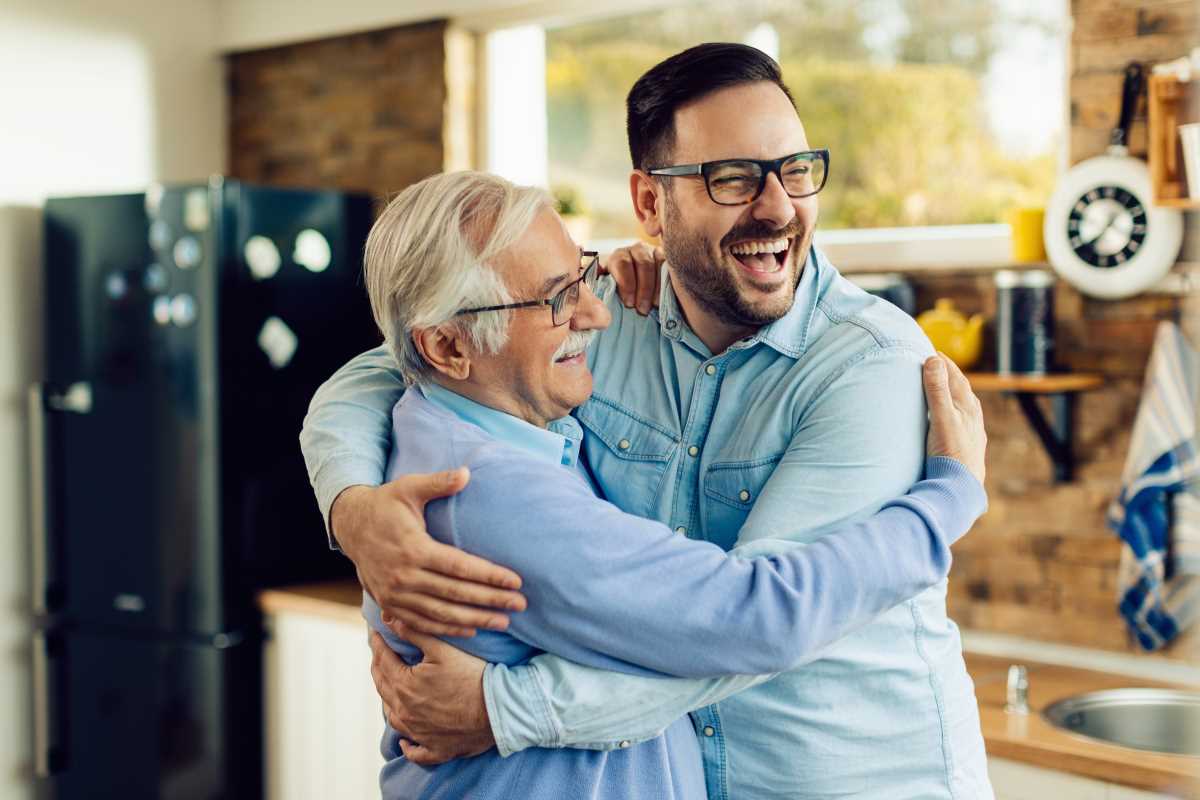Isolation is a growing concern for the elderly. Many older adults face loneliness, which can take a toll on their mental and physical health. When an elderly person feels isolated, it’s more than just being alone—it often means they lack meaningful connections or support, which can harm their overall well-being. Below, we’ll explore how isolation affects mental health, why it happens, and ways to help older adults stay connected.
How Isolation Impacts Mental Health
Being socially connected is important for everyone, but it’s especially crucial for older adults. When elders become isolated, their mental health can start to decline in serious ways. Isolation can lead to conditions like:
1. Depression
Depression is common in elderly individuals who feel isolated. Without regular interaction or strong relationships, feelings of sadness and low mood can grow. Depression can also lead to other issues like lethargy, loss of appetite, or trouble sleeping.
2. Anxiety
Many older adults begin to fear that they’ll continue to lose contact with loved ones or experience new challenges that they can’t handle alone. This stress can lead to anxiety, which may make them hesitant to seek help or form new social bonds.
3. Cognitive Decline
Studies show that elder people who remain isolated are at a greater risk of memory problems and cognitive decline. The brain thrives on stimulation and interaction, and without that, mental sharpness often decreases. For some, this could increase the risk for dementia or Alzheimer’s disease.
Additionally, isolation may go hand in hand with other issues like feelings of worthlessness or loss of purpose, all of which can reduce an elderly person’s happiness and overall quality of life.
Why Does Isolation Happen?
Isolation isn’t always a choice. There are many reasons older adults might end up feeling alone or cut off from others. These include:
- Mobility Issues: If getting around becomes challenging, older adults may find it hard to visit friends or attend social events. Disabilities, a lack of public transportation, or even fear of falling can limit their ability to go out.
- Loss of Loved Ones: Losing a spouse, family members, or close friends is a heartbreaking reality for many seniors. It’s not just the grief that makes it hard but the sudden lack of support from someone they used to rely on.
- Retirement: While retirement is often seen as a time to relax, it also means leaving the workplace and the social networks that come with it. Many seniors lose daily contact with co-workers, which can add to their sense of loneliness.
- Health Issues: Chronic illnesses or hearing and vision impairments can make it hard for older adults to engage with the world. Some may feel embarrassed about their limitations and avoid socializing altogether.
- Living Far From Family: Many adults live far away from their children or other relatives. This physical distance can make it hard to stay in touch, especially if the elderly person isn’t familiar with modern technology.
The Power of Social Connections
Strong social connections can make a huge difference in an elderly person’s life. Here are some benefits:
- Improved Mood and Mental Health: Spending time with friends, family, or a community group can help reduce feelings of loneliness and sadness. Being surrounded by others can provide emotional support and boost self-esteem
- Better Brain Function: Regular conversations and activities with others help keep the brain sharp. Being socially active might also reduce the risk of dementia.
- A Sense of Purpose: Engaging with others, whether through volunteering or group activities, fosters a feeling of belonging and usefulness. Feeling needed can uplift anyone’s spirits and give life more meaning.
Practical Tips to Reduce Isolation
While isolation can feel overwhelming, there are steps we can take to help our elderly loved ones feel connected again. Here are some simple strategies:
- Use Technology: Video calls, group chats, and social media make it easier to stay in touch, even with family members or friends living far away. Teaching an elderly person how to use a smartphone, tablet, or computer can open up a whole new world of communication.
- Encourage Participation in Local Activities: Local senior centers, churches, or libraries often host group events or activities. Join them in trying new classes like knitting, yoga, or book clubs. Attending these gatherings promotes companionship and builds routine social interaction.
- Arrange Regular Visits: If possible, prioritize spending time with elderly relatives or neighbors. If you can’t visit often, consider organizing a rotation with other family members or friends so they see someone regularly.
- Suggest Volunteering: For those with the energy and interest, volunteering is a great way to stay socially engaged. Helping others can create meaningful bonds while giving a sense of accomplishment.
- Foster New Hobbies: Encourage older adults to take up hobbies that include group participation, such as gardening clubs, music classes, or cooking groups. Not only will it add excitement to their day, but it will also introduce them to new people.
- Arrange Transportation: For those with mobility issues, providing access to transportation can address many barriers. Whether it’s arranging for a ride share, public transport, or community shuttles for seniors, mobility allows them to participate more in life outside their homes.
Elderly isolation is a real issue that impacts mental and emotional health, but it’s not irreversible. By recognizing its causes and taking proactive steps, we can ensure that the aging population feels loved, valued, and supported. Whether through technology, local activities, or simply spending more time with them, small efforts can make a big difference. After all, everyone deserves to feel connected and cared for—and helping our elders achieve that not only enriches their lives but enhances ours as well.




.jpg)


